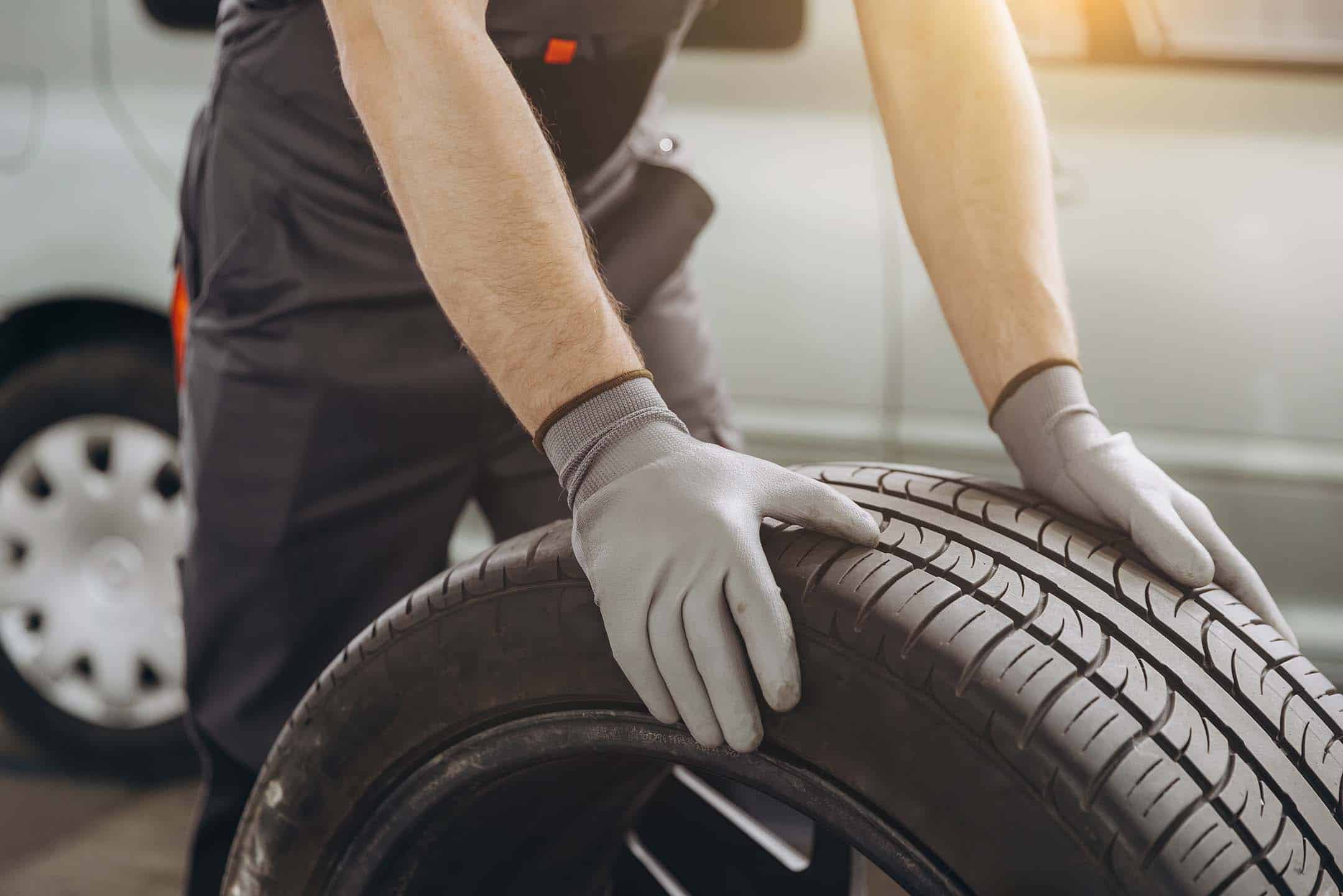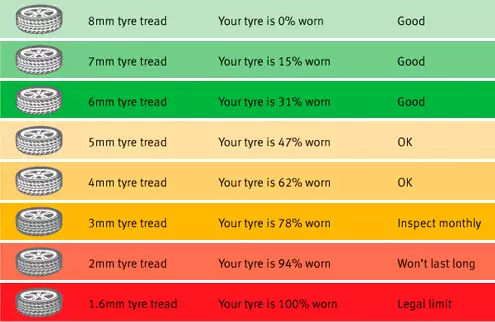How to check your car tyres

Docs
Servicing
Essentials
Penalties
Running Menu
Be sure your tyres are safe and legal and don’t continue to drive on worn or damaged tyres.
Checking your car tyres! So easy, so important
If you’re a new driver, cars can be very intimidating. Unless a mechanically-savvy parent or instructor has shown you, then you’re likely to be clueless regarding necessary maintenance checks.
Fear not – we’ve got you covered.
One of the easiest and most important car checks you can do at home is checking your tyres.
Why check my tyres?
Tyres are a vital safety feature of your vehicle. The amount of each tyre in connection with the road is about the size of the palm of your hand. There’s very little between safety and an accident!
Worn tyres: can dramatically increase your braking distance, even up to 70% on a wet road, which means that you’ll take a lot longer to slow down in the event of an emergency stop.
Over-inflated tyres can cause excess wear, shorten the life of the tyre, and result in an uncomfortable ride. Make sure you always inflate tyres by your vehicle’s manufacturer handbook.
Under-inflated tyres will increase your fuel consumption, shorten the life of the tyre, and increase the likelihood of damage to the tyre if you hit the kerb.

Hey did you know?
Generally, fit new tyres to the rear. Tyres with a deeper tread are less likely to puncture, and it is more difficult to control a car with a damaged rear tyre.
How do I check my car tyres?
Tyres are a crucial part of your car, and you must check the condition on a regular basis
Tyre pressure
- The correct pressures for your tyres are in your car handbook. They may be different for the front and rear wheels.
- Check the pressures when the tyres are cold by removing the dust cap and using a reliable pressure gauge. Press it onto the valve and read the pressure off the gauge inflate if necessary.
Tyre treads
- Whilst you’re looking at the tyres, you’ll also need to check the tread depth using a gauge it should be at least 1.6mm across the central three-quarter of the breadth of the tyre and around the entire outer circumference.
- It will also be a benefit to removing any stones or bits of glass from the tread before you get a puncture.
Tyre walls
- Check also for cuts and bulges on both sides of the tyre wall.
Video: How do I check my tyres?
For a quick visual guide on how to check your tyres watch the video below.

Warning!
Driving with dangerous or defective tyres puts drivers at risk of a fine of up to £2,500 and three points on their license. That is per tyre, so four illegal tyres could mean a fine of £10,000 and 12 penalty points.
Source RAC, 2024
What is a safe tyre tread depth?
A new car tyre begins life with approximately 8mm of tread. The minimum legal tread depth is 1.6mm; however, most motoring organisations recommend changing your tyres at 2mm.
Here is a quick trick to make sure your tyres are legal:
- Insert a 20p coin into the lowest tread depth of the tyres.
- If you can’t see the outer rim around the edge of the coin, then happy days – your tyres are safe!
- If you can see it, however, then your tyre tread is less than the legal minimum of 3mm. Time for new tyres!
